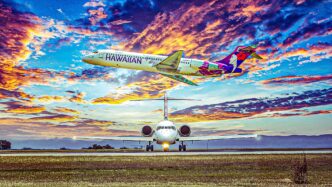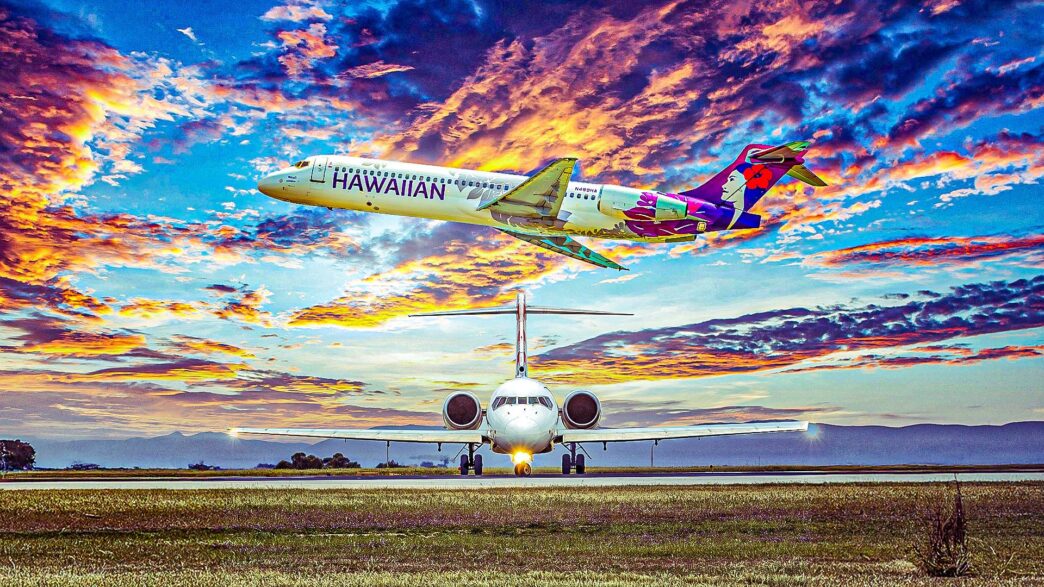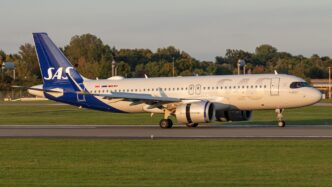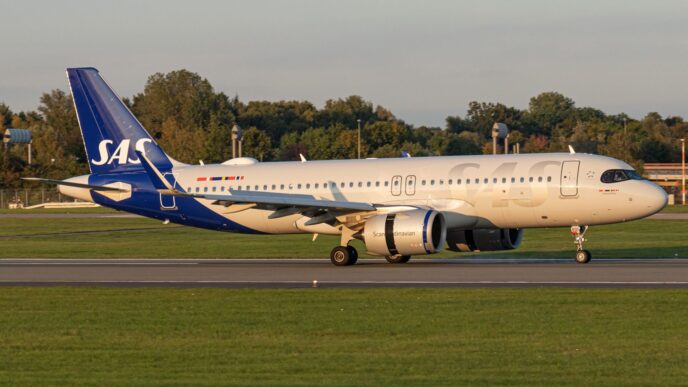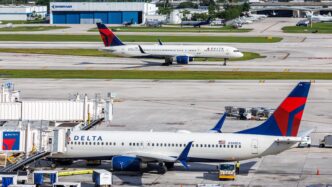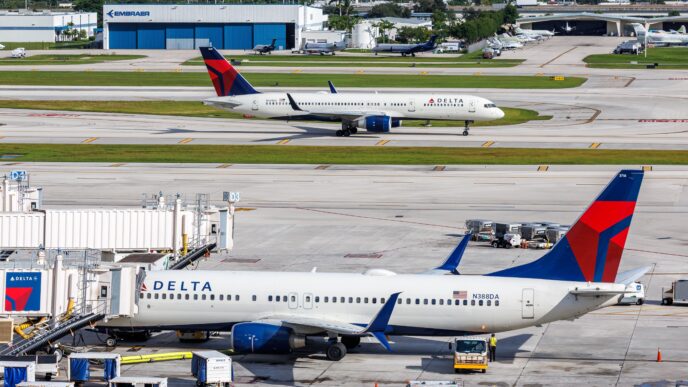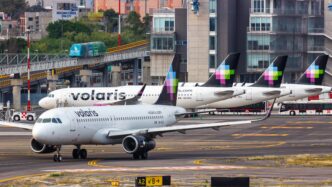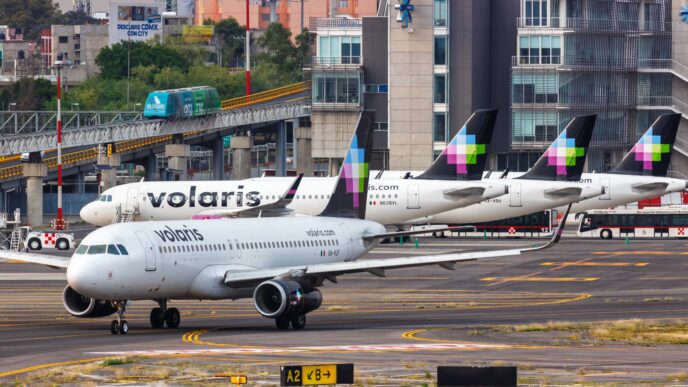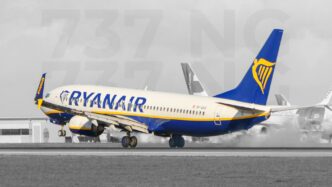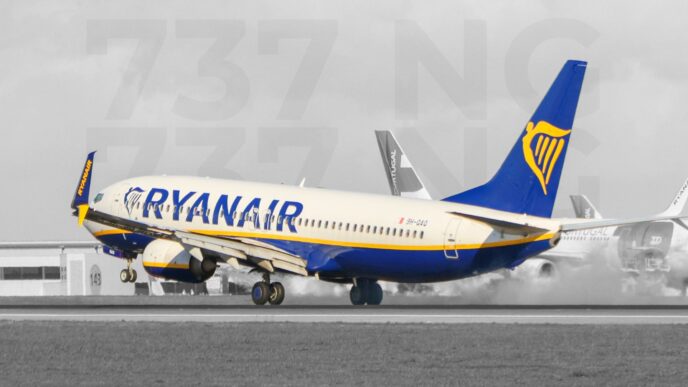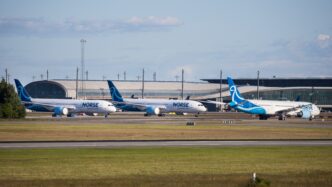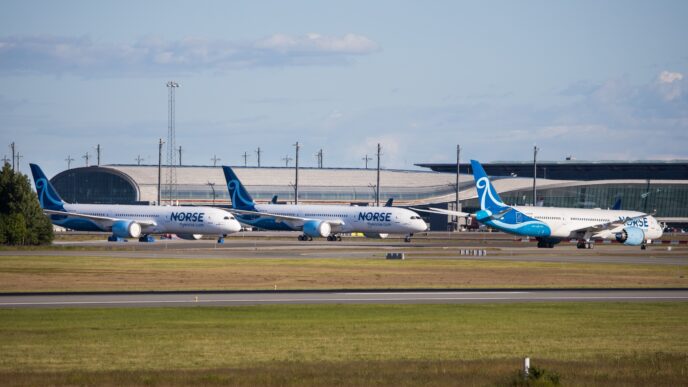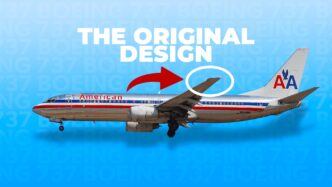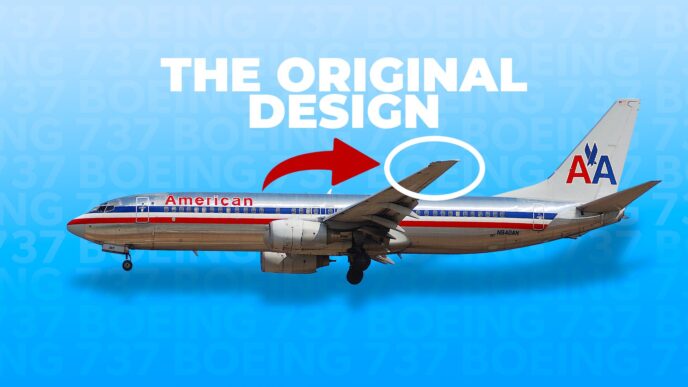The Boeing 717 stands out as a unique chapter in aviation history, not just for its design but also for its intriguing backstory. Unlike most Boeing jets that are deeply rooted in the company’s Seattle heritage, the 717’s origins trace back to Douglas and later McDonnell Douglas. This lineage can be followed all the way back to the Douglas DC-9 of the 1960s. With its compact design, twin rear-mounted engines, and capability for short to medium-haul flights, the 717 was a perfect fit for airlines looking to optimize efficiency in regional markets. Despite its innovative design and reliable performance, the production of the 717 was limited. To understand why, we need to delve into its complex heritage and the timing of its market entry.
The 717 was never initially intended to be Boeing’s smallest jet airliner. It was originally developed by McDonnell Douglas as the MD-95, the final evolution of the DC-9 series. Between 1999 and 2006, a total of 156 Boeing 717s were produced, according to ch-aviation fleet data. These aircraft were delivered to a variety of operators, including AirTran Airways, Hawaiian Airlines, TWA, Delta Air Lines, and several others. Although its production run was short compared to other Boeing models, the 717 found a niche and remains in service today, with Delta Air Lines and Hawaiian Airlines being two of its most prominent operators. AirTran Airways was the largest original customer, at one point operating over 80 of these jets. Hawaiian Airlines continues to use the 717 for inter-island routes, and Delta Air Lines acquired a significant number of these aircraft after AirTran’s fleet was leased out. In Europe, Volotea operated 19 leased 717s until they retired them in January 2021, marking the end of the 717’s European journey.
The limited production of the 717 can be attributed to several market and strategic factors. The late 1990s and early 2000s were challenging times for commercial aviation, with smaller mainline aircraft facing competition from regional jets and low-cost carriers that preferred larger single-aisle models. This market misalignment contributed to the 717’s production being capped at 156 units, making it one of Boeing’s rarest commercial aircraft. Despite these challenges, the 717 has left a lasting impact on the aviation industry, proving that even niche aircraft can find their place in the skies.
#Boeing717 #AviationHistory #AirlineIndustry
Originally reported by Simple Flying Read More
